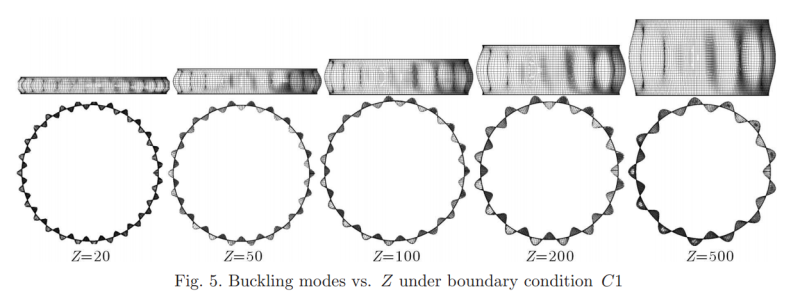Gumpmaster
Structural
- Jan 19, 2006
- 397
I'm investigating the buckling of a thin walled long tube that apparently buckled under torsion. The tube also had an external pressure on it, but that pressure was not large enough to buckle to tube. I can figure out the torsional buckling of the tube and the compression buckling of the tube separately, but does anyone have an idea of how I could figure out their combined effect?
The tube is fully braced for Euler buckling. The tube is very deep underground so there isn't any way to look at the buckled shape.
The tube is fully braced for Euler buckling. The tube is very deep underground so there isn't any way to look at the buckled shape.

